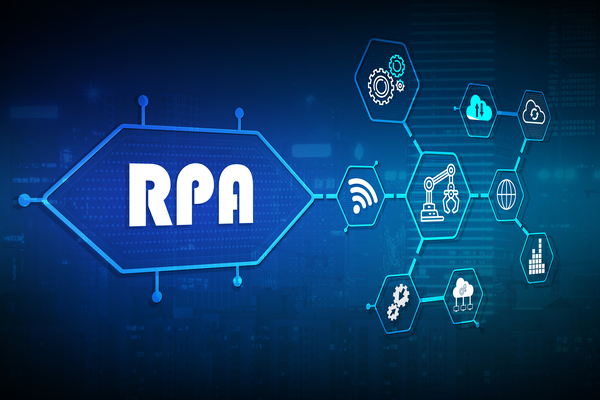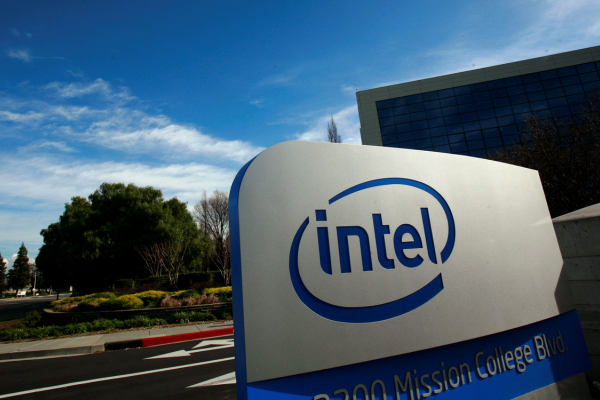Spoiled for choice: predictive AI or generative AI?

In recent years, generative artificial intelligence (GenAI) has captured people’s imagination. Chat GPT, first developed in 2018 as a tool to generate text, was launched to the public in late 2022 and acquired a million users in the first five days.
At the same time, other generative AI systems designed to create and edit imagery and music, such as DALL-E and Midjourney, were becoming available. And the latest version of ChatGPT, as well as being able to process and create large volumes of text (up to 25,000 words), can hear, see and speak, accepting visual and audio inputs and producing speech and images as outputs. The ability of GenAI to engage in human-like conversations and generate understandable responses has transformed the technology landscape.
But AI has been around for many years. And it isn’t just about generating text, music and images.
The power of traditional AI
Before GenAI stole all the headlines, “traditional” predictive AI had been an integral part of the business landscape since the 1980s and even earlier, driving decision-making and strategic planning across many industries. By analysing large quantities of historical data, predictive AI forecasts future trends, helping organisations anticipate market changes, optimise operations and enhance customer experiences. It’s widely used in many commercial contexts including marketing, risk management, business scenario development, supply chain management and maintenance.
Predictive AI is a business workhorse. It’s less glamorous than GenAI because it doesn’t seem human in the way a GenAI-powered chatbot can. It’s harder to use and it has fewer applications that are relevant to consumers. But it is in many ways more powerful than GenAI, and is often seen as delivering greater value to organisations.
Why predictive AI?
Predictive AI is so valuable because it focusses on improving and even automating key strategic processes. Where GenAI can only tell you how to talk to the customer, predictive AI can tell you who they are and what they want. It can be used to predict uncertainties, for example when complex machines such as aeroplane engines need maintenance, or how supply chains will react to an unexpected change in circumstances. And it can compare the past with the present, spotting anomalies that may be indications of fraud, dangerous trading risk or cyber-attacks.
Predictive AI can streamline operations by identifying inefficiencies in business processes and by automating routine decision-making. By using AI to anticipate needs and optimise resource allocation, organisations can reduce waste and lower operational costs: intelligent automation is predicted to save businesses 31 per cent of their costs. And by identifying bottlenecks in workflows and suggesting optimal improvements, predictive AI will enhance productivity by as much as 25 per cent over the next ten years.
Another benefit of predictive AI is that it can be largely autonomous. While humans usually need to decide how, and whether, to use GenAI’s outputs, predictive AI systems can provide automated decision making, with humans merely required to oversee exceptions and output quality. For instance, an AI-powered banking system can instantly decide whether to allow a credit card charge, with humans only reviewing the decision if requested by the customer.
Another benefit of predictive AI is that it can be a lot less expensive to develop and run, compared with genAI. The large language models that genAI models use to produce text and code often consist of trillions of parameters and may be trained on billions of pages. This requires a great deal of expensive energy and computing power, as well as human effort in overseeing the outputs. In contrast, predictive AI models often consist of only dozens to hundreds of parameters and are commonly trained on far smaller datasets. You could even train it on your laptop.
For these reasons, predictive AI is where the money is. The AI market is projected to reach $64 billion in 2025, but the spend on generative AI is estimated to be only around 4 per cent of that. The vast bulk of the investment is in the very diverse benefits of predictive AI.
Exploring predictive AI
What does this mean for a business just starting to explore how to use AI? First of all, it means you are probably already using AI in countless applications, such as spam filters, biometric access systems, document translation, project management tools and cyber-security. It may be a good idea to identify some of these as a way of understanding that AI isn’t very new or revolutionary.
It also means you need a strategy. Not a strategy for using AI. That would be like developing a strategy to use electricity. Rather, you need a strategy to identify and solve the critical and difficult problems holding your business back; a strategy that will consider whether AI-powered tools should be part of the solution. (Clue: they probably should be.)
It means you need to develop the knowledge in your organisation (from the very top down) that will enable you to benefit from predictive AI: capabilities in data literacy, analytical thinking, the technical skills needed to use AI and, importantly, the ability to consider the ethical implications of AI use.
And it means that if you are ever asked to choose between predictive AI and generative AI, you should be confident in replying that there is no choice to be made. Both are valuable, and both have strengths and weaknesses in different circumstances.
Predictive AI has come a long way from its early days of simple statistical models to the sophisticated deep-learning algorithms of today. Its ability to harness the power of data to forecast future events has revolutionised business operations and decision-making. As the technology continues to evolve, predictive AI will play an even more pivotal role in shaping the future of business, driving innovation, and creating new opportunities for growth.

Jeremy Swinfen-Green
Most Viewed
Winston House, 3rd Floor, Units 306-309, 2-4 Dollis Park, London, N3 1HF
23-29 Hendon Lane, London, N3 1RT
020 8349 4363
© 2025, Lyonsdown Limited. Business Reporter® is a registered trademark of Lyonsdown Ltd. VAT registration number: 830519543





